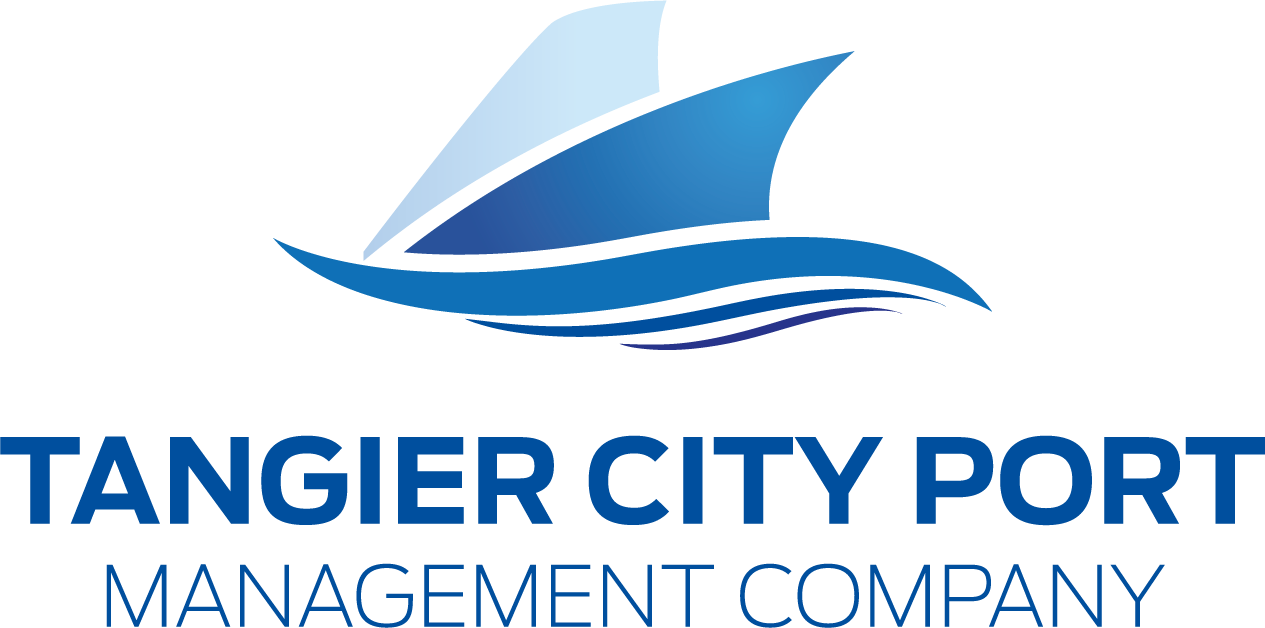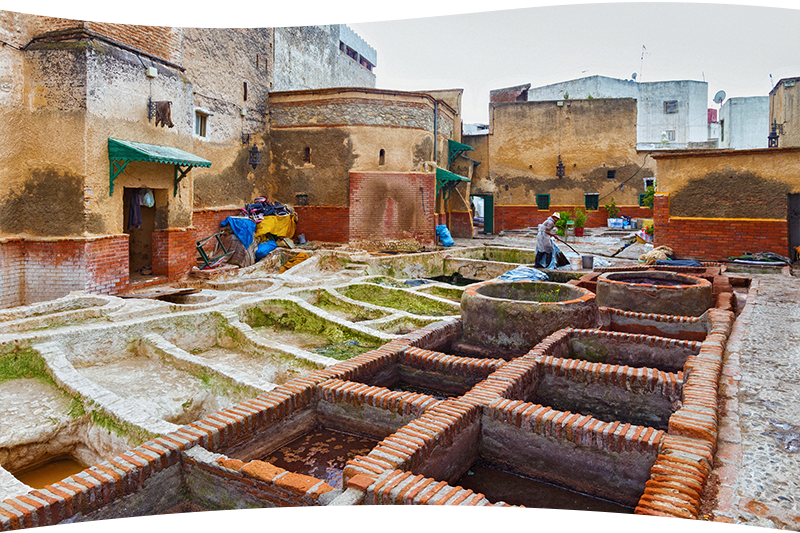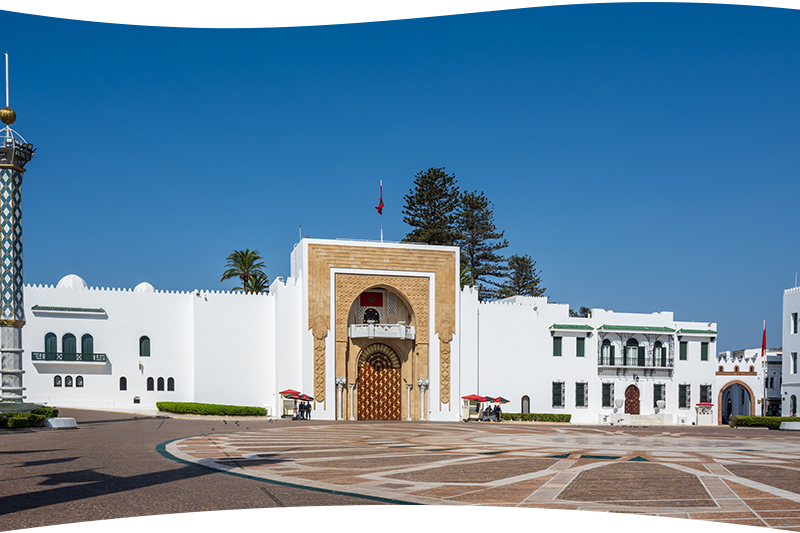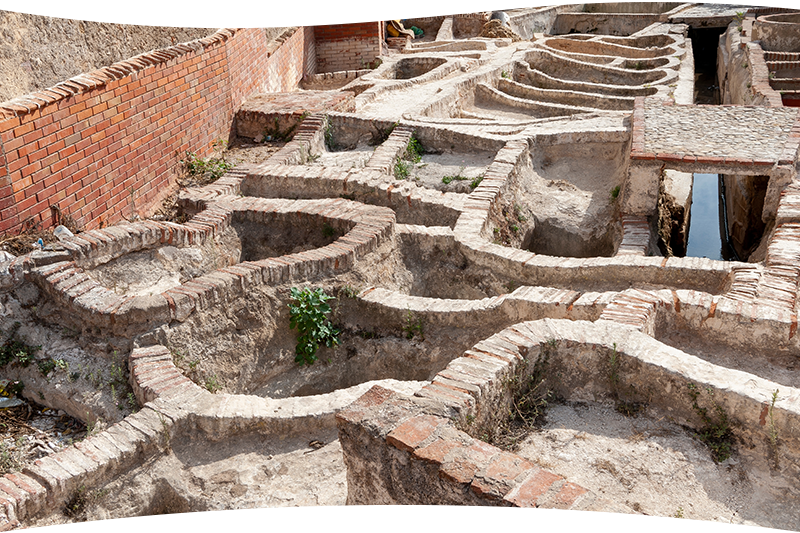Discover the Hidden Gems
of Tetouan
Home > Tangier Region > Tetouan
Tetouan
Tetouan is a welcoming city that extends along the Mediterranean with a charming background. It was founded in the 3rd century BC. Echoes of the Roman and Phoenician eras Known to exist in the site of Tamuda colored the region’s early days. Locals affectionately call
it ‘The Daughter of Granada’ because the architecture has a distinctly Hispanic feel to it. When you arrive in the city you’ll be struck by its dazzling setting. Perched atop the slope of a narrow valley with a huge dark mass of rock, the city has a very beautiful setting. backed by the majestic Rif Mountains and washed by the cobalt waters of the Mediterranean, Morocco’s “white dove” lies resplendent in the sun.
Gaze at the tidy washed houses with wooden doors bearing Granada’s pomegranate symbol, travel through cobbled streets laced with white-brick arches and tinkling fountains, and enter the historic walled medina “the timeless UNESCO Heritage Site” through one of its seven original doors. Here, a warren of shaded alleyways leads to intricate hand-tiled mosques, intriguing museums, Hassan II Square and the Khalifa, in all of this you’ll touch the heart of two cultures (Spanish and Arab) at the crossroads of two continents (Europe and Africa)


WHAT TO DO
Historical Site
Description
The Medina” a UNISCO World Heritage Site”
Tetouan Medina (Old Town) Has retained its authentic Andalusian soul,
which makes this town the most Hispano-Moorish influenced of Moroccan cities. It is easily acceded through its seven gates beautifully engineered. This is a thoroughly atmospheric place to explore its various ethnic quarters-Andalusian, Berber, and Jewish and experience Morocco’s multicultural history. Every twist and turn down an alleyway brings you to a new picture to a perfect local scene with lots of lovely, slightly crumbling buildings lining the narrow lanes.
The Archaeological Museum
Two cities rose and fell in the premises of Tetouan before the city’s
rebuilding in the 15 the century. The Archaeological Museum is dedicated to exploring this prehistoric Tetouan, exhibiting beautiful artfacts from sites across Northen Morocco to teach visitors about the city’s historical roots. Antique coins, bronzes, pottery items, and mosaics. The museum also houses an excellent library, with more than 60,000 volumes dedicated to the preservation of North African literature. Open Wed-Mon from 9am to 4:30pm
The Grand Mosque
Built by Sultan the eighteenth century, the grand mosque” JAMAA KEBIR”
is an admirable sight to witness. It is one of the most beautiful historic buildings of the city and its minaret is
The Ethnography Museum
Inside the fortress walls of Sultan Mouly Abderrahman, in Bab el OKla,
is located Tetouan’s interesting Ethnography Museum, established in 1948. it is one great way to learn about Morocco’s history and tradition. Within the various exhibition halls of this excellent museum, you will be able to view all kinds of objects from embroidered pillows to skillfully decorated baskets, customs from marriage ceremonies, weapons, and crafts. In the kitchen area, you can even get a small taste of traditional Tetouan cuisine and take a sip of some non-alcoholic drinks that are prepared on the premises. Open Mon-Sat from 9am to 4pm.
Tetouan museum of Modern Art
Two cities rose and fell in the premises of Tetouan before the city’s
rebuilding in the 15 the century. The Archaeological Museum is dedicated to exploring this prehistoric Tetouan, exhibiting beautiful artfacts from sites across Northen Morocco to teach visitors about the city’s historical roots. Antique coins, bronzes, pottery items, and mosaics. The museum also houses an excellent library, with more than 60,000 volumes dedicated to the preservation of North African literature. Open Wed-Mon from 9am to 4:30pm
Tanneries
Established north to the medina since the sixteenth century, and
contiguous its enclosure, tanneries ensure the continuation of an ancestral craft tradition.
Khalifa Palace
Built in the seventeenth century under the reign of Moulay Ismail, the palace
of Khalifa is one of the architectural models of the Alawite dynasty. Enjoy the peacefulness of the main square of Méchouar, before entering the souk El Fouki, where urban in modern western way of dressing and mountaineers in djellaba or peasant in «mendil» striped red and white, sell their products and make it their all-day shopping.
Iglesia de Bacturia
The Spanish influence on Tetouan is very much still alive today and nowhere
is that clearer than is the city’s only surviving church, Iglesia de Bacturia, Originaly built in 1917, the church is still active today, catering to the city’s scarce catholics and ringing the bells every hour. Daily mass is held at Moulay Slimane in 7pm and on Sundays at 11am.
Guersa El Kebira
In the Medina of Tetouan, Guersa EL Kebira is where the clothing and textile
traders set up shops with wonderful local fabrics to buy. The richly plain and precious embroidered colored fabrics, are true wonder. The colors and materials seem infinitely varied. Th their sight, they seem like a living painting. At the center of the square, riffi women dressed in their local customs, sit behind crowded part stalls of red, white and blue stripped fabric.
Dar Sanaa
This artisan center, which is set in a stunning Hispano-Moorish building just
outside bab el Okla, was originally established in 1919 by famous Italian painter Mariano Bertuchi with the aim of preserving the Hispano-Moorish art heritage in Tetouan. Today Dar Sanaa offers many courses on traditional Moroccan arts such as wood carving, painting, leather, embroidery, Zeilij and more. You can visit the exquisite building with its studios and lovely courtyard to gain some insight into the local art culture in Tetouan.
Souk of the Medina
Charming little square planted between some trees, where you can admire
the traditional clothes on sale and pottery on display over the shelves. A few meters away, the street jewelers unveil their multiple crafts...
Download Tetouan's map.

For more information or inquiries,
please contact us via our form or reach us by phone.




















